Lean Objects
An exploration into human serving objects.
- Product sketches
- Cad modelling
- 3D printing


Context
I had been thinking about how we give money to homeless people and the friction we encounter doing so; we usually meet homeless people in passing and either make a simple decision or many more complicated ones. It can be as easy as 'Do I have money to give?' or, it could be as complex as 'How much money should I give?', 'What might they use the money for? and 'What about the next person I encounter?'. In the more straightforward case, I assume that we are more likely to offer a donation if we have loose change versus if we don't. This begs the question: How will people without homes be affected by a society that carries less loose change as we adopt contactless payments? What does 'on the go' charity look like ten years from now?
I started thinking about a charitable banking system driven by peer to peer contactless payments.
Solution
If eligible — meaning you're without shelter, you can apply for a publicly funded current account. I haven't given any serious thought to what this system would be called, but let's call it 'Give' for now. Visually Give looks something like this:



After applying and successfully becoming a part of the Give network, you'll receive a reader and two debit cards for spending. One will loudly exclaim the 'Give' brand and hopefully draw more awareness to the initiative. At the same time, the other will appear plainer (both work the same, though the second will suit those who would prefer not to be identified as part of the network). The cards will utilise contactless technology and pay for travel, food and other necessities. The cardholder can check their balance at ATMs.

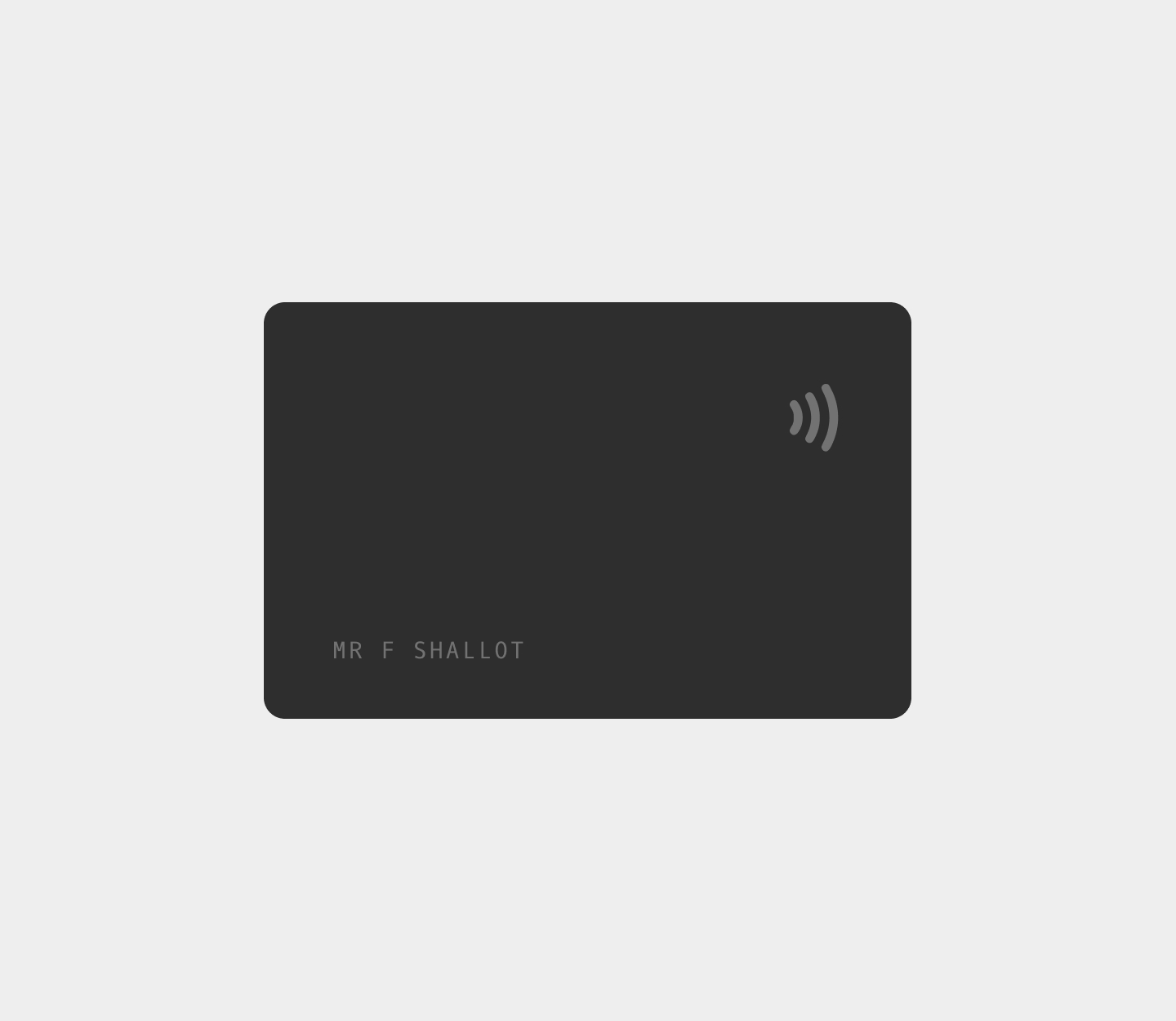
Ideally, the reader draws attention and evokes hopeful and positive emotions in both the owners and potential givers. In addition, passers-by will be able to donate to members of the 'Give' system by a simple tap of their debit or credit cards.
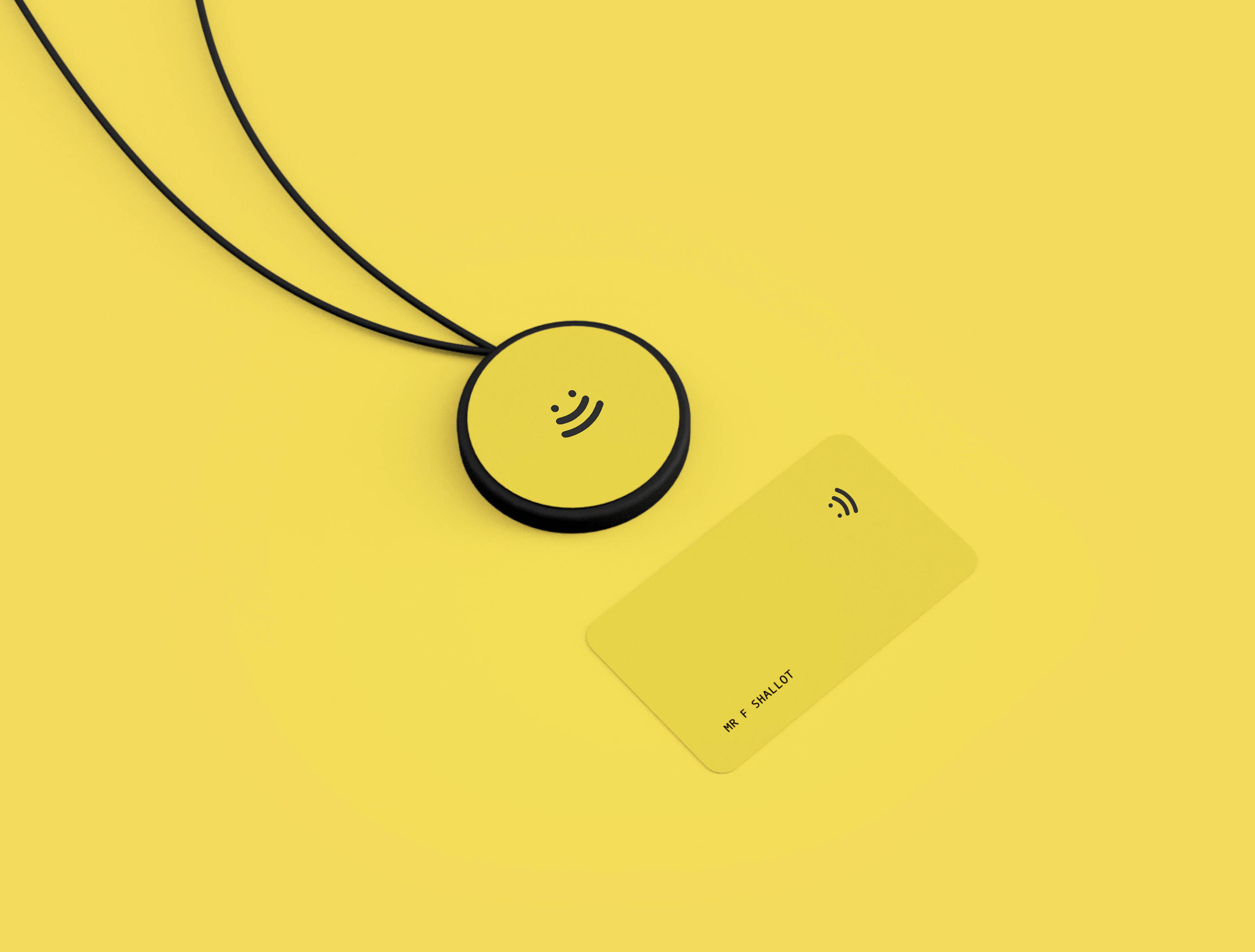
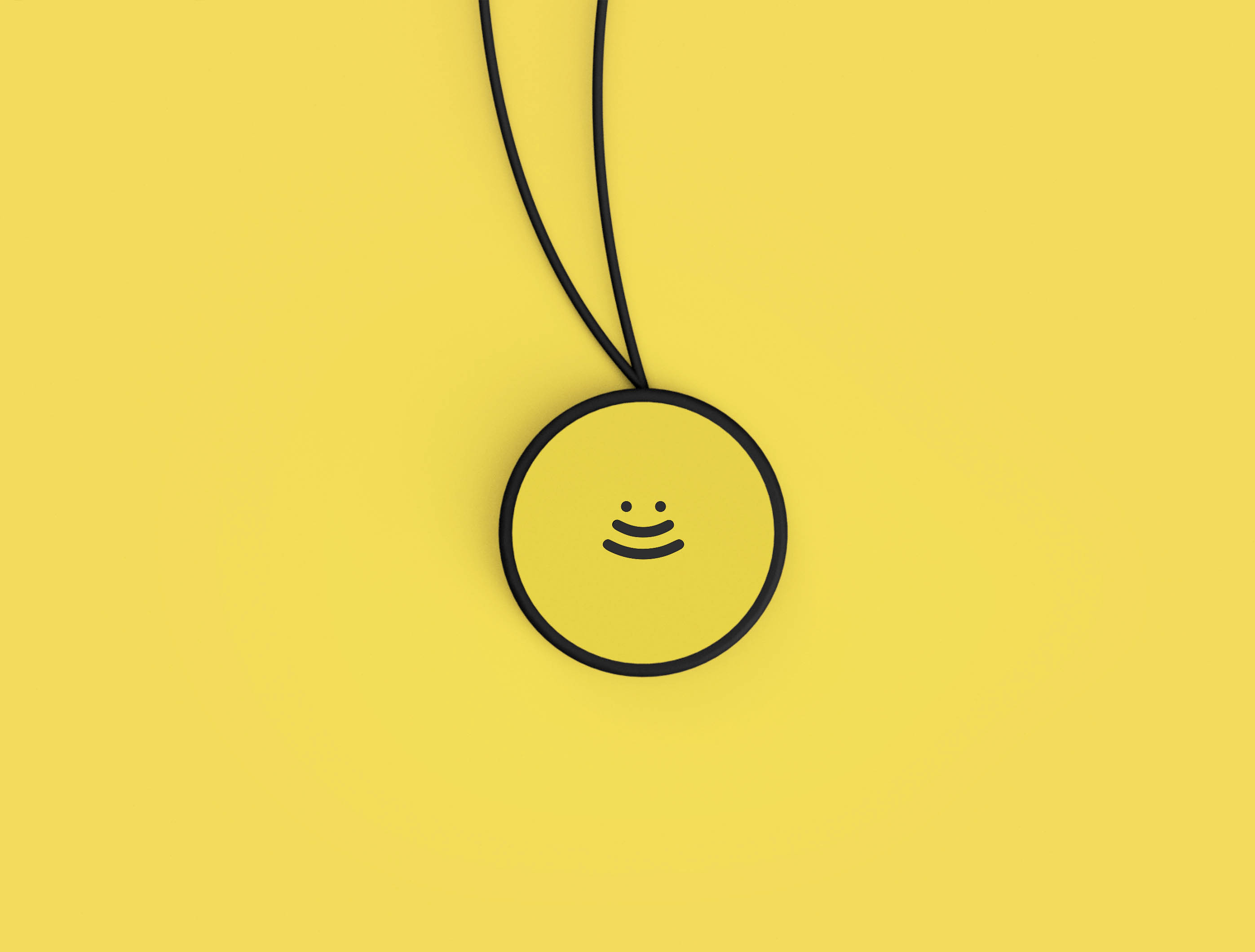
The network will be integrated with smartphones allowing givers to automate and manage their spending by setting a weekly budget. In the case that we can eliminate the need to tap, and instead utilise Bluetooth or create some other method for distancing the card to reader transaction, a passer-by will be able to set up alerts that draw their attention to opportunities to donate without needing to stop, accepting the opportunity using touch ID.
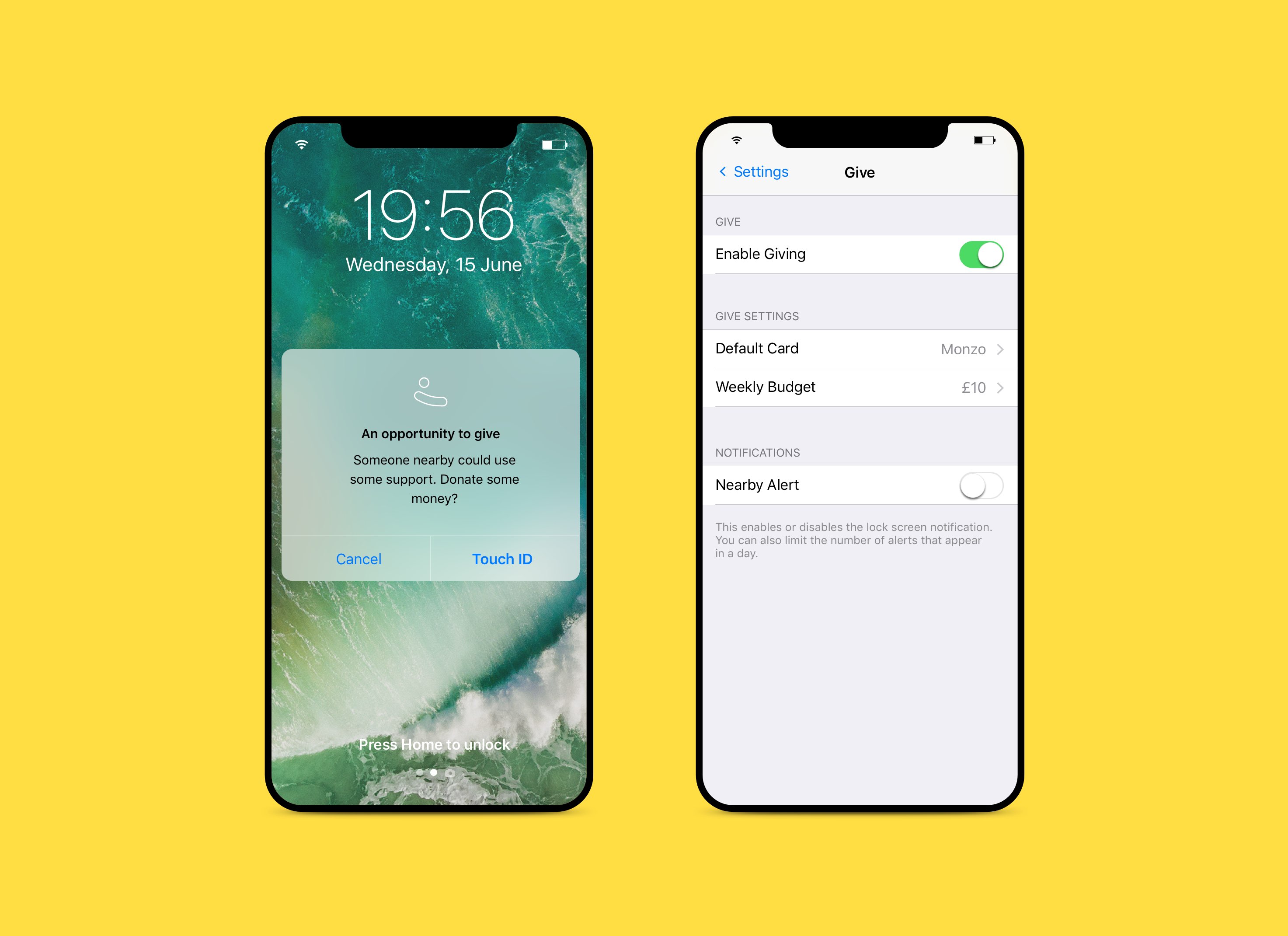
The money donated to recipients will be funnelled and allocated in different ways to maximise its use. Perhaps, a decided upon daily cap will allow the spread of donations across multiple days, allowing the recipient ‘enough’ for the day and transferring any excess to the following day. On the other hand, the giver can equally spread their daily spending across multiple recipients.
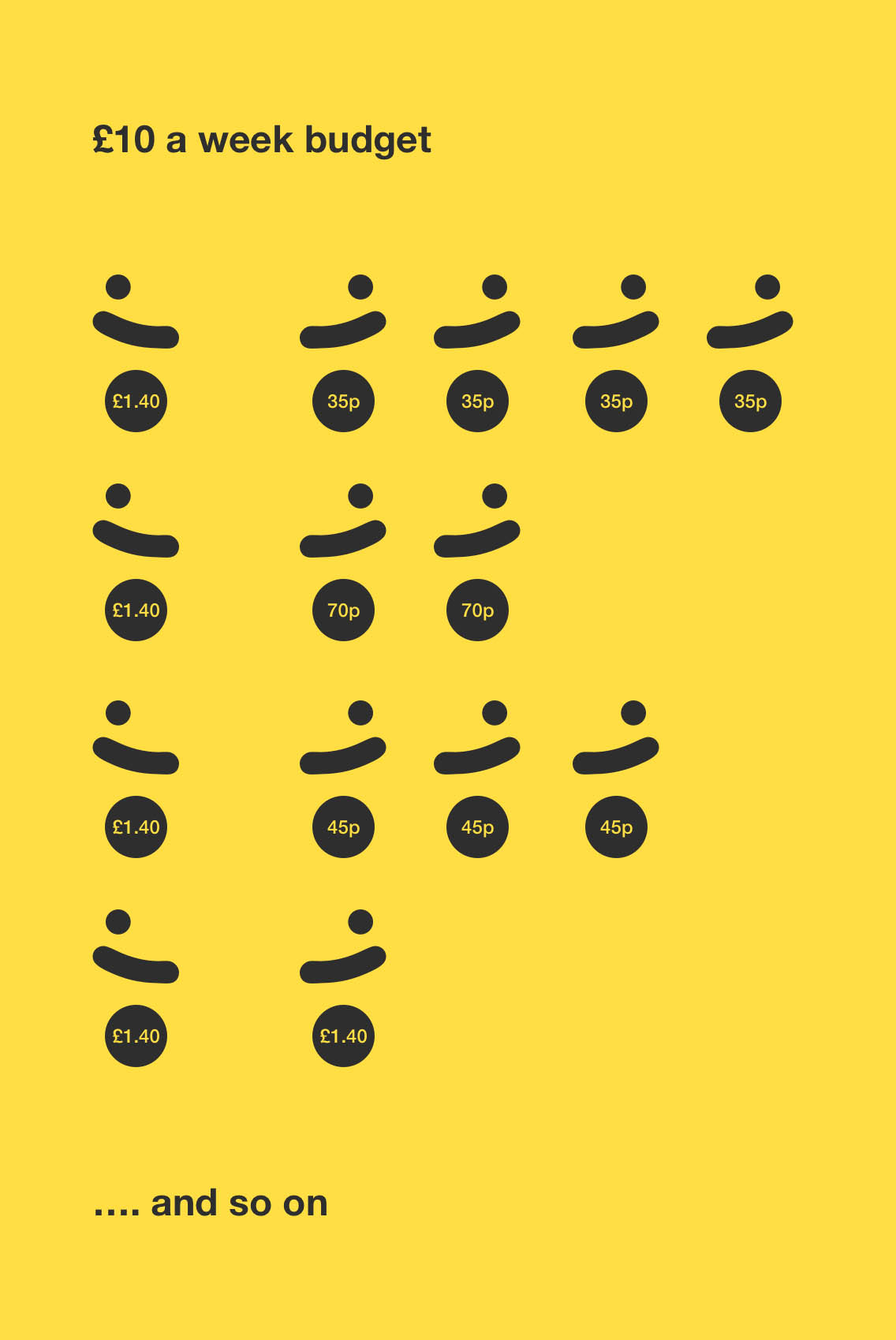
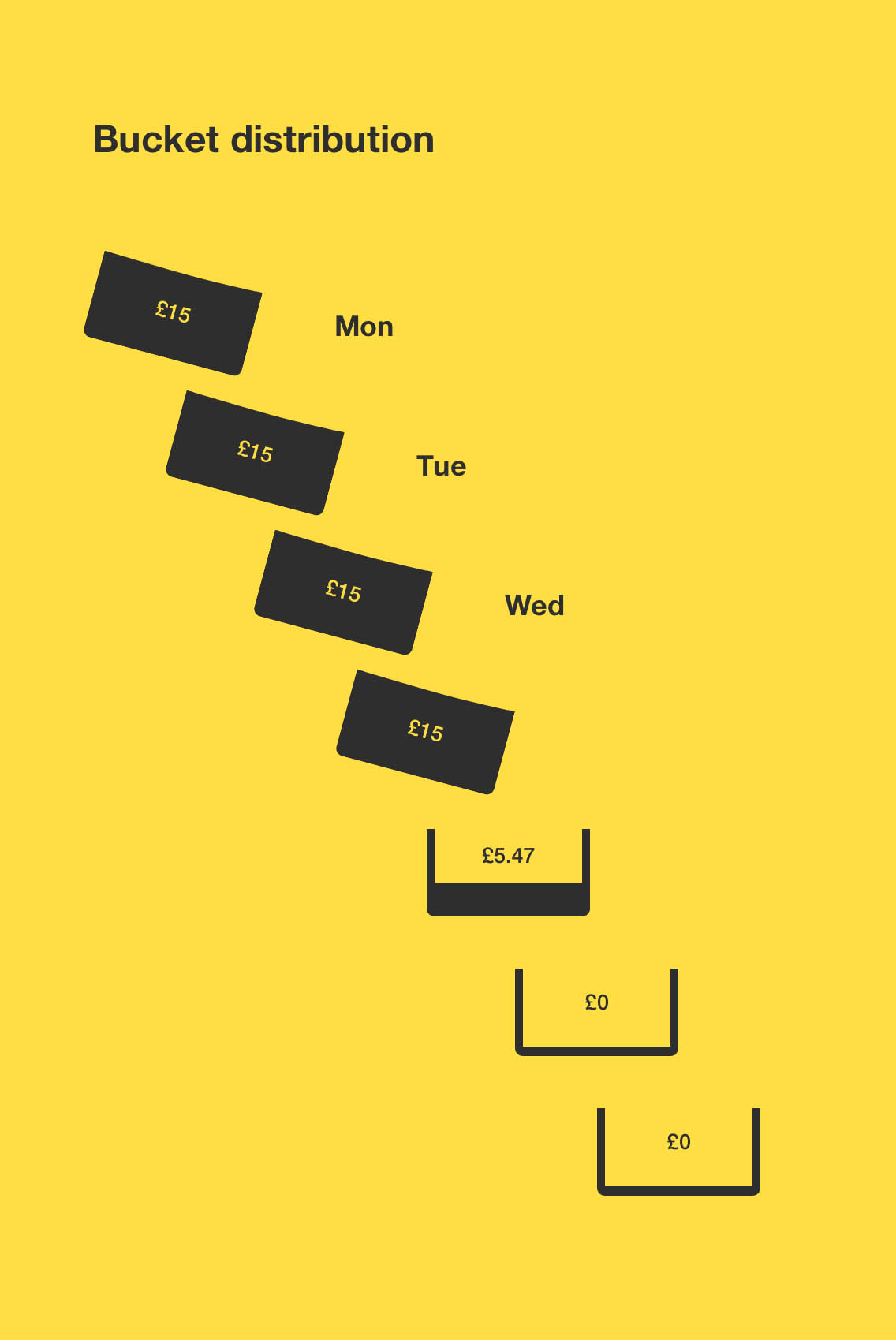
Speciality nationwide convenience stores will be stocked for the ‘Give’ network members but open to everyone. The stores will optimise their stock to the needs of the Give network members. The stores will also be available for general use and provide opportunities to contribute to the system through tipping or donating change (e.g. An item that costs £4.69 will donate 31p). The system will spread donations made via a ‘Give’ store across nationwide or local networks.
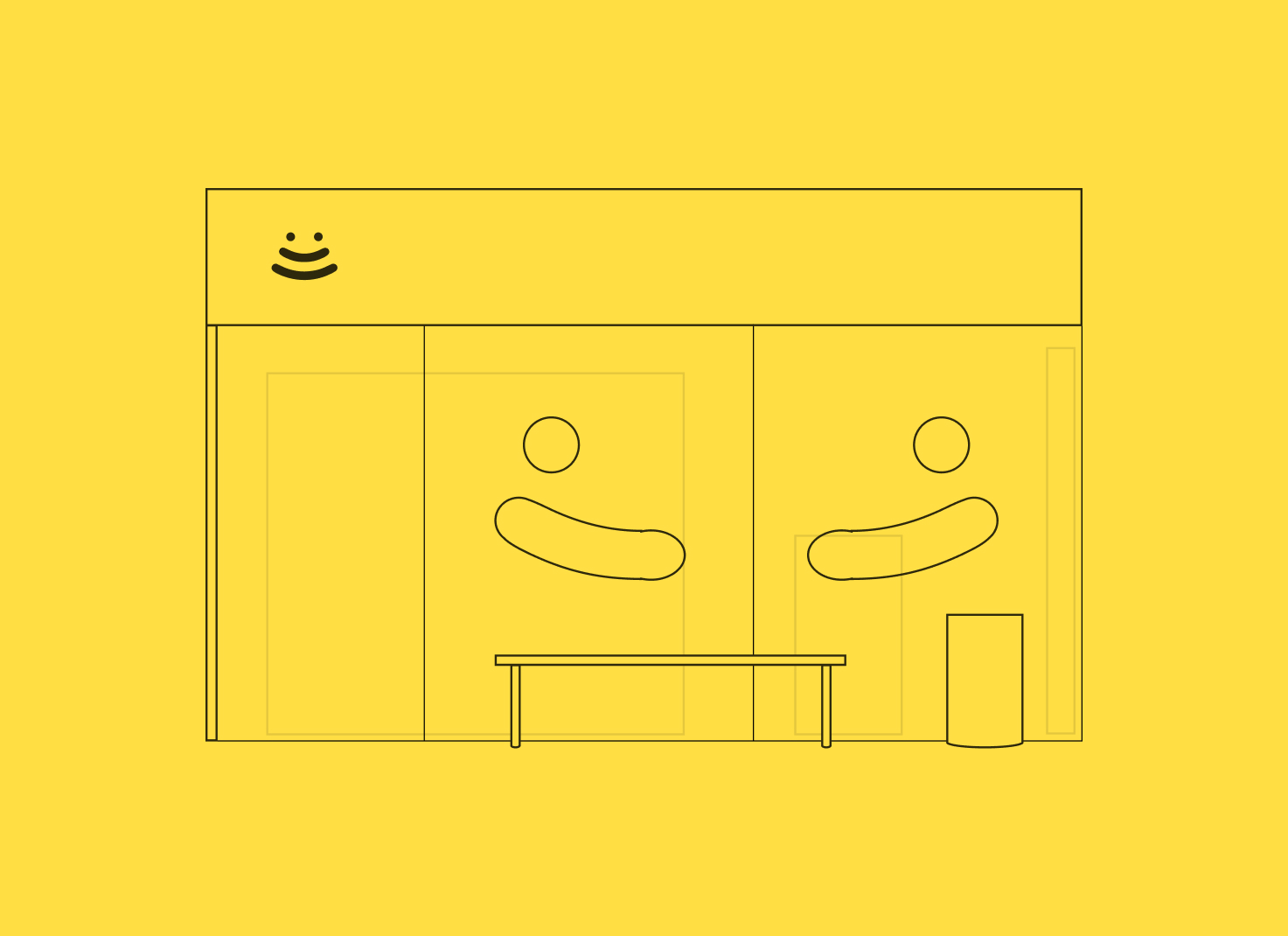
Fin.